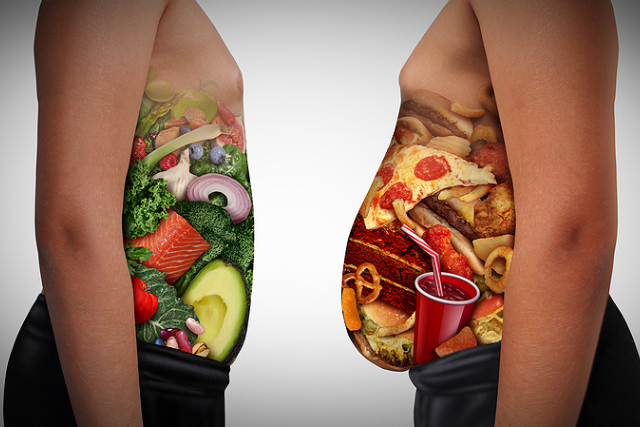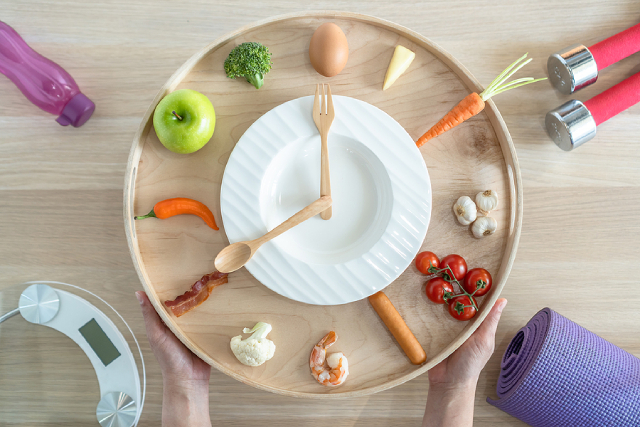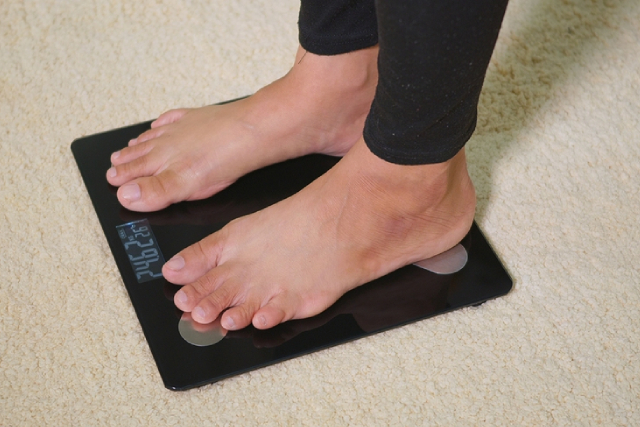8 Types Of Food To Avoid If You Want To Burn Stomach Fat
Having fat around your midsection is entirely normal, and keep in mind that you are not alone. What’s uncommon is having minimal body fat and toned abs. This issue lies in the type of fat you have — subcutaneous fat (fat that resides under your skin) and visceral fat (fat that resides below and around the internal organs).
Everyone loves to eat, but not everyone is aware that what you eat plays a more prominent role in the weight progress than perceived. For instance, bad eating habits can end up causing you to gain more weight instead.
When trying to lose weight, you must be aware of which types of food to avoid. Here is a list of food that shouldn’t touch your plate:
1. Processed Meats
While meat can be a healthy part of your diet since it supplies a heavy dose of protein to your body, processed meats are high in saturated fat. Often, processed meat consists of high amounts of salt, fat, and cholesterol, which can add to your belly fat and increase the risk of heart disease.
2. Soft Drinks
Soft Drinks are made sweet by using artificial sugars and high-fructose corn syrup, increasing intestinal fat and adding unnecessary calories. This excess sugar will be converted to fat and triggers your body to produce insulin, which can cause higher blood sugar and a larger waist circumference.
3. Cheese
Cheese is also high in calories and saturated fat. However, not all dairy-based foods should be consumed. After all, there are healthier choices like skim milk to supply your body with calcium and protein. However, if you are aiming for a slender belly, stay away from processed and melted cheese.
4. Alcohol
We hate to be the bearer of bad news, but that weekly happy hour could be harming your body, rather than helping it. Alcohol contains seven calories per gram, slightly less than fat. Regardless of what type of alcohol drink it is, it probably would not help you achieve your goal.
5. Refined Bread
Refined bread is just another word for refined carbohydrates, and they should be avoided or limited in a healthy diet. Studies found that food rich in heavy acellular carbohydrates” causes swelling and increase in weight.
6. Salt
While salt won’t contribute to the addition of fats, excess amounts of intake are a common cause for bloat and can make you feel like you gained a few extra pounds overnight. If you can’t stay away from salt, the healthiest to use is unrefined salt, but keep in mind to consider the amount of salt you use when cooking.
7. Fried food
Whether it’s a small bag of chips or one piece of crispy chicken, fried foods have the “magical” ability to satisfy a craving. However, fried food contains more oil, cholesterol, and fat, which contradicts your goal towards a flatter stomach.
8. Cereal
According to experts, breakfast is the most important meal of the day, but if your meal consists of eating one to two bowls of cereal every morning, your gastrointestinal system won’t have enough time to digest the food effectively.
Plus, it contains high sugar content and processed white flour that can lead to weight gain.
Conclusion
Certain habits and saying no to your favourite food can be difficult to stop. Some people will eat all the food listed above without knowing that those types of food have been doing more harm than good to their slimming goals.
Partner with our slimming centre if you are looking for a safe and healthy way to lose weight. We offer the best weight loss program to help you achieve the body that you’ve always wanted.







